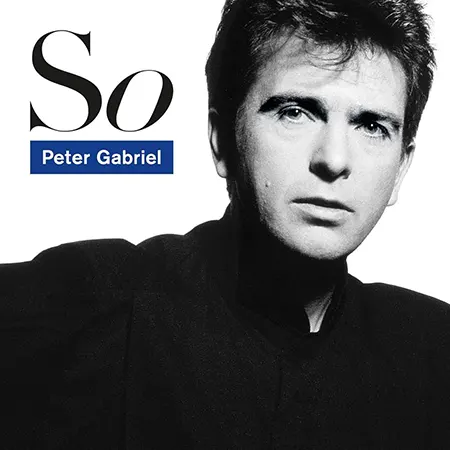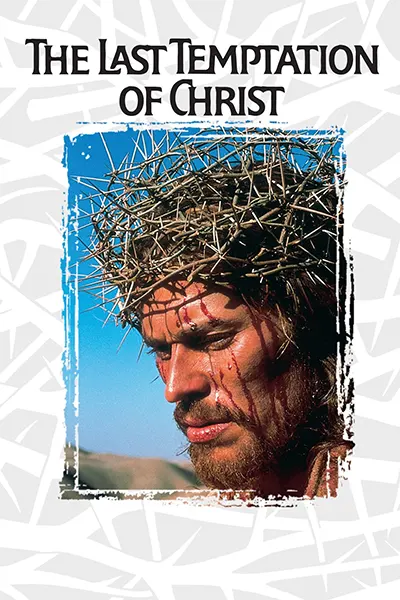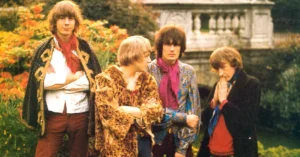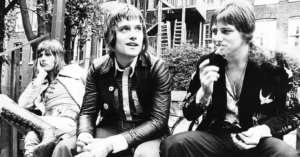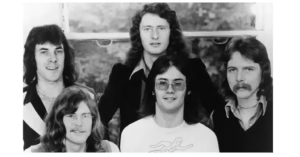Peter Gabriel: Sonic Visionary and Progressive Icon
From Chobham to Genesis: A Progressive Origin Story
Peter Brian Gabriel was born on February 13, 1950, in Chobham, Surrey, England. Raised in a musical household, Gabriel was exposed early on to classical music and church hymns, which subtly shaped his musical sensibilities. During his school years at Charterhouse, a prestigious English boarding school, Gabriel co-founded Genesis in 1967 with classmates Tony Banks, Mike Rutherford, Anthony Phillips, and Chris Stewart.
Gabriel quickly emerged as the creative and theatrical frontman of Genesis. His eccentric costumes, on-stage storytelling, and charismatic vocals became a defining feature of the band’s early progressive rock identity. With albums like:
- “Nursery Cryme” (1971)
- “Foxtrot” (1972)
- “Selling England by the Pound” (1973)
- “The Lamb Lies Down on Broadway” (1974)
Genesis built a reputation as one of Britain’s most ambitious progressive acts. Gabriel’s departure from the band in 1975 shocked fans but set the stage for an unprecedented solo journey that blended art rock, world music, and multimedia innovation.
Peter Gabriel. Breaking Free: The Early Solo Years
Peter Gabriel’s solo career began in 1977 with the first of four self-titled albums, often referred to by fans as:
- Car (1977)
- Scratch (1978)
- Melt (1980)
- Security (1982)
These records marked Gabriel’s artistic liberation. He moved away from the dense structures of progressive rock toward experimental songwriting that incorporated political themes, non-Western instruments, and emerging recording technologies.
Peter Gabriel. Notable Tracks:
- “Solsbury Hill” (1977) – A poetic metaphor for his departure from Genesis.
- “Games Without Frontiers” (1980) – A haunting anti-war track.
- “Biko” (1980) – A powerful protest song about South African anti-apartheid activist Steve Biko.
- “Shock the Monkey” (1982) – An allegorical song about jealousy, and his first US Top 40 hit.
Gabriel also rejected traditional studio methods. For Melt, he banned the use of cymbals and instead layered African and electronic rhythms, contributing to the rise of worldbeat.
The Breakthrough: So (1986)
Peter Gabriel’s most commercially successful and critically acclaimed album, So, was released in 1986. It marked a delicate balance between accessibility and sophistication.
Peter Gabriel. Highlights:
- “Sledgehammer” – A funky, surreal anthem driven by horns and groove, accompanied by one of the most groundbreaking music videos in history.
- “In Your Eyes” – A romantic ballad elevated by African rhythms and vocals from Youssou N’Dour.
- “Don’t Give Up” – A soul-stirring duet with Kate Bush about despair and resilience.
So catapulted Gabriel into international stardom. The album sold millions and earned multiple Grammy nominations, solidifying his place as both a pop innovator and artistic auteur.
The Personal and Political: Us and Up
Us (1992)
Gabriel’s Us reflected emotional vulnerability and therapeutic introspection, inspired by personal turmoil and broken relationships. The album continued to fuse world music and cutting-edge visuals, particularly in music videos like “Digging in the Dirt” and “Steam.”
Up (2002)
Dark, complex, and densely layered, Up was Gabriel’s most somber and philosophical work. Themes of mortality, technology, and human consciousness dominate. Tracks like “Darkness,” “Signal to Noise,” and “I Grieve” highlight his enduring ambition and restless creativity.
Multimedia Pioneer: Real World and Visual Art
Gabriel has always viewed music as part of a broader multimedia experience. He founded Real World Studios in 1989, a technologically advanced recording complex dedicated to integrating world music into modern production.
His label, Real World Records, has championed global artists and helped popularize non-Western musical traditions in the West. He also co-founded WOMAD (World of Music, Arts and Dance), a festival series that celebrates international musical cultures.
Visually, Gabriel has pushed boundaries with his music videos. The stop-motion animation in “Sledgehammer,” the emotionally raw “Digging in the Dirt,” and the surrealism of “Big Time” redefined what music videos could achieve in narrative and art.
Peter Gabriel. Activism and Human Rights
A committed humanitarian, Peter Gabriel has long used his platform for social justice. He is closely associated with Amnesty International, participating in their concerts and campaigns, and co-founded WITNESS, an NGO that uses video and technology to expose human rights violations.
His activism includes:
- Advocacy for peace in conflict zones
- Promotion of indigenous rights
- Support for global refugee programs
- Environmental sustainability
Gabriel’s music, particularly songs like “Biko,” “Wallflower,” and “Four Kinds of Horses,” often reflect his political conscience and humanitarian vision.
Recent Work: i/o and Continued Relevance
After over two decades, Gabriel released “i/o” in 2023, a sprawling and contemplative album reflecting on humanity, science, technology, and emotion. It was rolled out with an innovative dual-mix format (“Bright-Side Mix” and “Dark-Side Mix”), offering fans immersive sound experiences.
i/o reinforced that Peter Gabriel, now in his seventies, remains creatively vital, technologically adventurous, and emotionally resonant.
Legacy and Influence
Peter Gabriel is one of the most influential figures in modern music. His fingerprints can be seen in genres ranging from progressive rock and alternative to ambient, worldbeat, and electronic.
His Influence Can Be Traced In:
- Radiohead’s atmospheric textures
- Trent Reznor’s sonic experimentation
- Björk’s visual and musical hybridization
- Arcade Fire’s genre-defying anthems
He has received countless accolades, including:
- Rock and Roll Hall of Fame (twice) – As a member of Genesis (2010) and as a solo artist (2014)
- BMI Icon Award (2007)
- Polar Music Prize (2009)
Gabriel’s legacy is not simply musical — it’s visual, philosophical, and global.
Interesting Facts
- Gabriel has synesthesia, a condition that allows him to associate sounds with colors and shapes.
- The “Sledgehammer” video is the most played music video in MTV history.
- He was one of the first artists to explore digital music distribution, founding OD2 (On Demand Distribution) in the early 2000s.
- He composed the soundtrack for Martin Scorsese’s The Last Temptation of Christ (1989), titled Passion — one of the most acclaimed world music albums ever released.
Essential Solo Discography
| Year | Album | Notable Tracks |
|---|---|---|
| 1977 | Peter Gabriel (Car) | “Solsbury Hill” |
| 1980 | Peter Gabriel (Melt) | “Games Without Frontiers,” “Biko” |
| 1986 | So | “Sledgehammer,” “In Your Eyes,” “Red Rain” |
| 1992 | Us | “Steam,” “Come Talk to Me,” “Blood of Eden” |
| 2002 | Up | “Signal to Noise,” “Darkness” |
| 2023 | i/o | “Panopticom,” “Four Kinds of Horses,” “Love Can Heal” |


